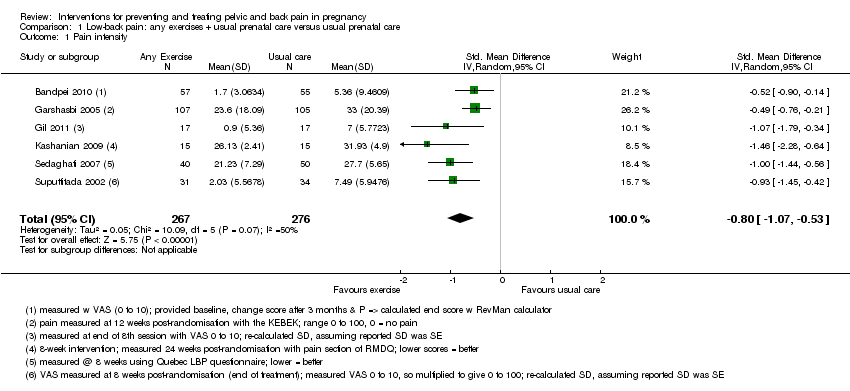Contenido relacionado
Revisiones y protocolos relacionados
Sarah D Liddle, Victoria Pennick | 30 septiembre 2015
Emily Shepherd, Judith C Gomersall, Joanna Tieu, Shanshan Han, Caroline A Crowther, Philippa Middleton | 13 noviembre 2017
Isabelle Marc, Narimane Toureche, Edzard Ernst, Ellen D Hodnett, Claudine Blanchet, Sylvie Dodin, Merlin M Njoya | 6 julio 2011
Joanna Tieu, Emily Shepherd, Philippa Middleton, Caroline A Crowther | 3 enero 2017
Benja Muktabhant, Theresa A Lawrie, Pisake Lumbiganon, Malinee Laopaiboon | 15 junio 2015
Peter Brocklehurst, Adrienne Gordon, Emer Heatley, Stephen J Milan | 31 enero 2013
G Justus Hofmeyr, Sarah Manyame, Nancy Medley, Myfanwy J Williams | 16 septiembre 2019
Timothy J Rafael, Vincenzo Berghella, Zarko Alfirevic | 10 septiembre 2014
Sally M Reid, Philippa Middleton, Mary C Cossich, Caroline A Crowther, Emily Bain | 31 mayo 2013
Rebecca MD Smyth, Nasreen Aflaifel, Anthony A Bamigboye | 19 octubre 2015











